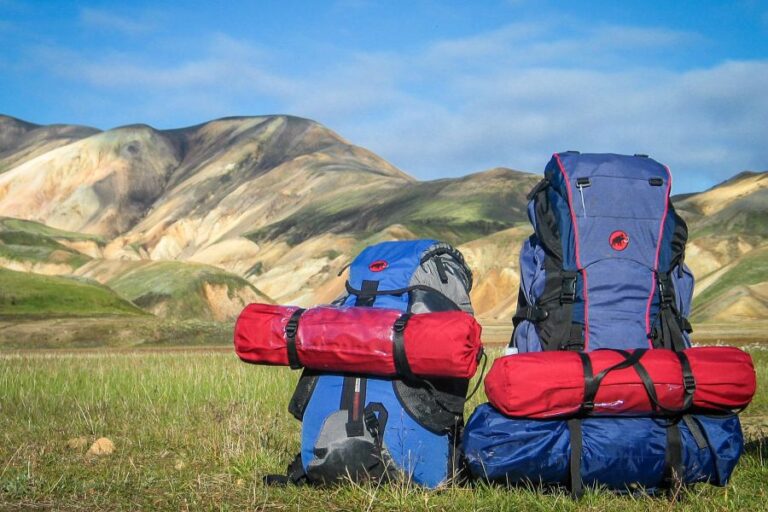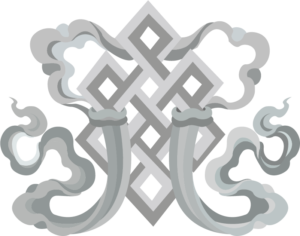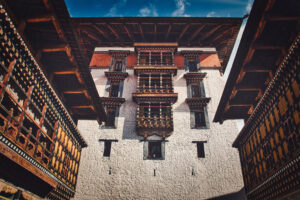Call us: +975 77 75 42 22

DAGALA TREK
ITINERARY
- DESCRIPTION
- TREKKING CHECKLIST
- ITINERARY
- INCLUSION
- EXCLUSION
This is a six day trek that will take you into areas adorned with a multitude of pristine, crystal clear lakes and is also known as the thousand lakes trek. The trail will also lead you through forests with a variety of bird species, alpine flowers, meadows and local villages. Trekking amidst the picturesque lakes, one will be treated with stunning views of some of the world’s highest Himalayan ranges including Mount Everest in Nepal, Jumolhari, Masagang, Jichu Drake, Tiger Mountain and many others along the way.
While this is a somewhat strenuous trek, it is well worth the effort because of the tranquility and beauty of natural landscape that you will enjoy during the journey. The best time to embark on this trek is between April-June and September –October
Camping in extreme weather such as cold temperatures and snowy conditions can be expected and extremely enjoyable, Camping on the snow can be peaceful, picturesque and an out door adventure. All the accommodation while on Trek is twin sharing, double occupancy. Single occupancy in tents can be arranged on demand at an additional charge. All tents are Cold Weather Tents and designed for harsh weather and snowy conditions. Separate tents will be pitched for dinning, kitchen and rest room. On demand, a luxury camping facilities will be provided like bed and mattresses, warm shower tents, rest room with proper toilet pots, fishing equipment etc.
- Trekking Boots (broken in) & Camp Footwear (light shoes/sandles/trainers)
- Waterproof jacket, Down Jacket & Thermal inner wear
- Trekking trouser/pants & Shorts
- Gloves, Sunglass & Torch
- Sun hat, Woolen hat, neck warmer
- Sunscreen, Sanitizer & Trail mix
Daypack – The daypack you select must have the capacity for the items you may be carrying on a day’s walk: rain jacket, trousers, warm clothing, water bottle, camera equipment, washing items and other personal effects. A hip/waist strap provides additional comfort. You should consider daypacks of at least a 30 to 40-litre capacity. Horses will be carrying the rest of your luggage.
Day 1: Gynekha – Gur
The trek starts from beautiful Gynekha village and begins with a short descent towards the river. After crossing the river you will start climbing uphill until you reach a huge rock platform from where you have a picturesque view of the valley below. Another two hours of the trek will take you to Gur, an area of yak herding pastures which is located just below the main trail.
Day 2: Gur – Labatama
On the second day, the trail takes you across high ridges from where you will be able to truly appreciate the rugged beauty of the surroundings and the mountain vegetation. The path winds through refreshing meadows adorned with wild flowers and asparagus (in spring). The first mountain pass you will cross is marked with a huge cairn and a spectacular view of Mount Kanjenjunga (Sikkim) and the Bhutanese Himalayan peaks. As you descend the pass you will have a panoramic view of the Dagala mountain range including picturesque meadows and yak herder camps. Once you start walking downwards into the Labatama valley, you will then climb gradually through the valley, passing several yak herders huts before you arrive at Uthso Tsho wihcih will be your campsite for the night, situated right next to a lake.
Day 3: Labatama
The third day will be a day to relax and recuperate. Hikers are encouraged to take the opportunity to engage in some trout fishing as the location is ideal. Permits are required for fishing so you should request your tour operator to make the necessary arrangements beforehand.You can also visit the nearby lakes and take a short hike to the top of the pass for breathtaking views of Mount Kanchenjunga and Jumolhari.
Day 4: Labatama – Panka
You will continue with the trek the next day,climbing along the western side of Dala Tsho saddle located at a height of 4,520m. From here onwards you will have stunning views of the majestic Himalayan peaks all through your descent. The mountain peaks you will be seeing include Mt. Everest (Nepal), Mt. Kanchenjunga (Sikkim), Mt. Jomolhari, Mt. Jichu Drake, Mt. Tshering Gang, Mt. Khangbum, Mt. Masang Gang, Mt. Tsende Gang and Mt. Gangche Ta. From the saddle the path you will startd descending, passing some yak herder huts towards Doccha Chhu. You will follow the river for a while, but stay higher up on the slope to reach Panka with ascents and descents along the way.
Day 5: Panka – Talakha
On this day you will be crossing several passes but none of them require a major climb. You should keep your eyes open for different varities of the blue poppy, which is the national flower of Bhutan and mountain birds. Once you have crossed the last pass, Tale La (4,180m) you will then start a long descent towards Talakha Gompa providing you with a bird’s eye view of Thimphu. You will put camp on the monastery ground, waking up to the early morning prayers of the monks the next day.
Day 6: Talakha – Chamgang
The last day of the trek is a short walk downhill, leading you to the village of Chamgang and then Thimphu.
- All Trekking Meal during the Trek
- One Trekking Expeditions Leader
- Horsemen as per the group size
- Helper as per the group size
- Group Medical Kit
- Good Quality accommodation throughout. The use of a world expedition trek pack which includes a quality sleeping bag, and insulated mat
- All Park entrance Fees and Trekking Permits
- Horses to carry 20 Kgs personal equipment
- International Airfare
- Alcohol
- Tips/gratuities
- Cost arising out of Flight Cancellation/road blockades/ landslides and events beyond our control
- Expenses of personal nature and any other expenses not mentioned in the above cost
RJD TOURS
&
TRAVEL

QUICK LINKS
TOP DESTINATION

+975 - 77 75 42 22
POPULAR TOUR

This tour covers all of the major tourist destinations in the Western part of Bhutan. It starts and ends in Paro .
